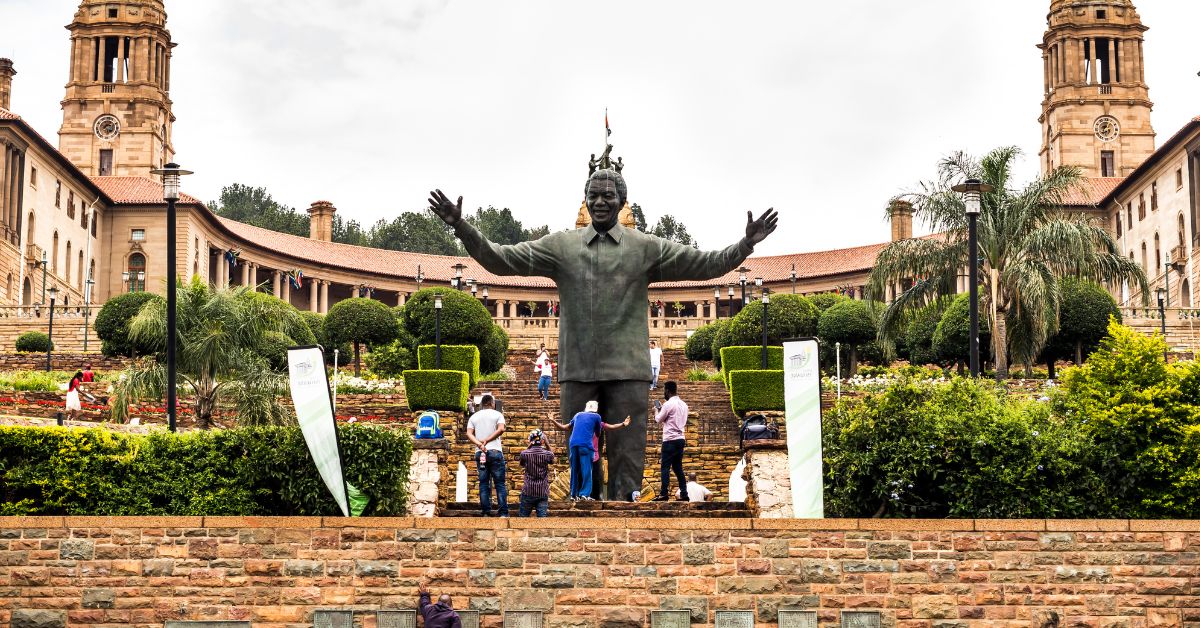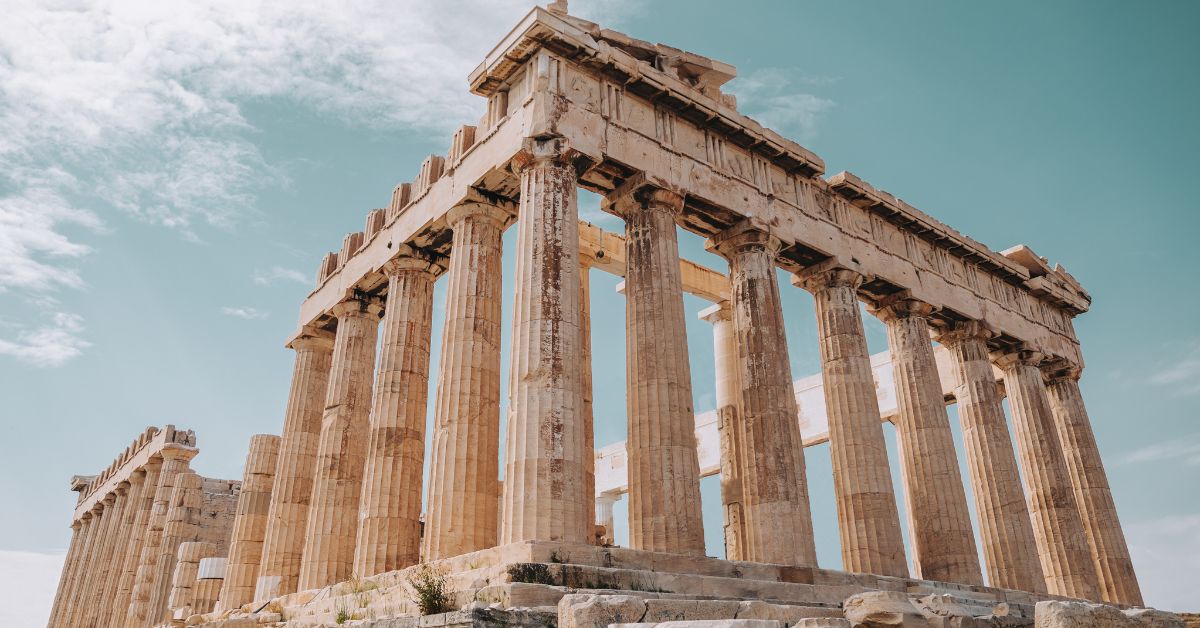Outline
- Time Before Clocks: Why Early Humans Needed to Measure It
- The Shadows That Told the Hours
- Calendars Written in the Sky
- Water, Sand, and Fire: The First Mechanical Timekeepers
- Time as Power: How Rulers Used Calendars to Control Culture
- Reclaiming a Sense of Sacred Time
- FAQs
Time Before Clocks: Why Early Humans Needed to Measure It
Long before seconds ticked and digital displays blinked, time was felt, not counted. It was the migration of animals, the waxing of the moon, the bloom and wither of crops. Early humans didn’t measure time because they were curious—they did it to survive.
Seasons meant life or death. Rainfall patterns shaped migration. Nightfall brought danger. Time, in its rawest form, was a cycle of change, of repeating rhythms carved into the natural world. To live was to move in sync with those rhythms.
And so began one of the most astonishing feats of human consciousness: the attempt to make the invisible visible—to capture time.
The Shadows That Told the Hours
The earliest “clocks” were not built—they were watched. The shadow of a stick planted in the ground—what we now call a gnomon—was among the first tools used to divide a day. As the sun rose and fell, the shadow lengthened and pivoted. Ancient Egyptians developed more refined sundials, marking time with astonishing precision using nothing but light and shadow.
These devices weren’t just for curiosity—they were used for agriculture, rituals, and governance. Knowing when the Nile would flood or when to plant seeds could make or break a kingdom.
Even today, echoes of these solar tools live on: the word “clock” stems from the Latin clocca, but its deeper roots are in the shadow clocks of ancient deserts and temples.
Calendars Written in the Sky
Where sundials marked hours, calendars captured the broader arc of time. And for that, ancient people looked to the sky.
- The Babylonians, masters of astronomical observation, tracked lunar cycles and planetary movements, crafting calendars tied to moon phases and equinoxes.
- The Maya, with stunning mathematical and celestial precision, developed not just one but several interlocking calendars—including the Tzolk’in (260-day sacred cycle) and the Haab’ (365-day solar cycle).
- The Chinese calendar synchronized the sun and moon, anticipating eclipses and aligning festivals with cosmic patterns.
In each culture, time wasn’t simply tracked—it was sacred, often tied to gods, fate, and cycles of rebirth. The sky was a mirror of myth. Time was not linear—it was a spiral, returning again and again to the same cosmic truths.
Water, Sand, and Fire: The First Mechanical Timekeepers
Not all time could be tracked by light or stars. What about cloudy days? Indoor rituals? Night watches?
Ancient inventors responded with astonishing ingenuity:
- Clepsydras, or water clocks, were used in ancient Egypt, Greece, and China. As water dripped steadily from one container to another, time was measured by the rising or falling level.
- Hourglasses, using sand instead of water, offered portable timekeeping, especially during sea voyages and religious ceremonies.
- In some traditions, even burning incense or candles marked time’s passage—prayers measured by scent, rituals by the soft flicker of flame.
These were not mere gadgets. They were expressions of the belief that time could be honored and harnessed, not just endured.
Time as Power: How Rulers Used Calendars to Control Culture
Who controls time, controls culture.
In many ancient societies, rulers claimed the right to name days, to declare when months began, to align rituals with the heavens. In Egypt, priests and pharaohs aligned temple rituals with the heliacal rising of Sirius, marking the Nile’s flooding.
In Rome, Julius Caesar reformed the calendar to bring order—and political authority—creating the Julian calendar. Later, the Gregorian reform under Pope Gregory XIII reset Easter and restructured the year across Europe.
These weren’t just bureaucratic decisions—they were assertions of control over how people lived, worked, and worshipped. Time became a tool of power, just as much as it was a measure of nature.
Reclaiming a Sense of Sacred Time
Today, time is counted with atomic precision. We have watches, smartphones, and servers syncing milliseconds across continents. But in our pursuit of efficiency, we’ve often lost something deeper: the meaning of time.
Ancient civilizations didn’t just measure time—they listened to it. They watched stars, tracked seasons, and honored silence. Time wasn’t sliced into units of productivity. It was woven into cycles of life, death, and renewal.
Perhaps we need a bit of that back—not to abandon modernity, but to enrich it. To look at the moon and feel a pulse older than history. To mark our days not just by tasks, but by rhythm, rest, and reverence.
In reclaiming a sacred sense of time, we might rediscover a deeper sense of self.
FAQs
What is the oldest known calendar system?
The lunar calendar used by ancient Sumerians and Babylonians is among the oldest known, dating back over 5,000 years. Even older are potential lunar notches found on bone artifacts, such as the 20,000-year-old Ishango bone from Central Africa.
Did all ancient cultures use the same length of year?
No. Calendars varied widely—some followed the lunar cycle (about 354 days), while others tried to reconcile lunar and solar years (about 365.25 days). Many cultures added “leap” days or months to keep in sync.
Why did ancient people place such importance on measuring time?Beyond agriculture, time was deeply tied to ritual, astrology, and power. Predicting celestial events or seasons gave spiritual and political authority. Understanding time meant aligning with both nature and the divine.









